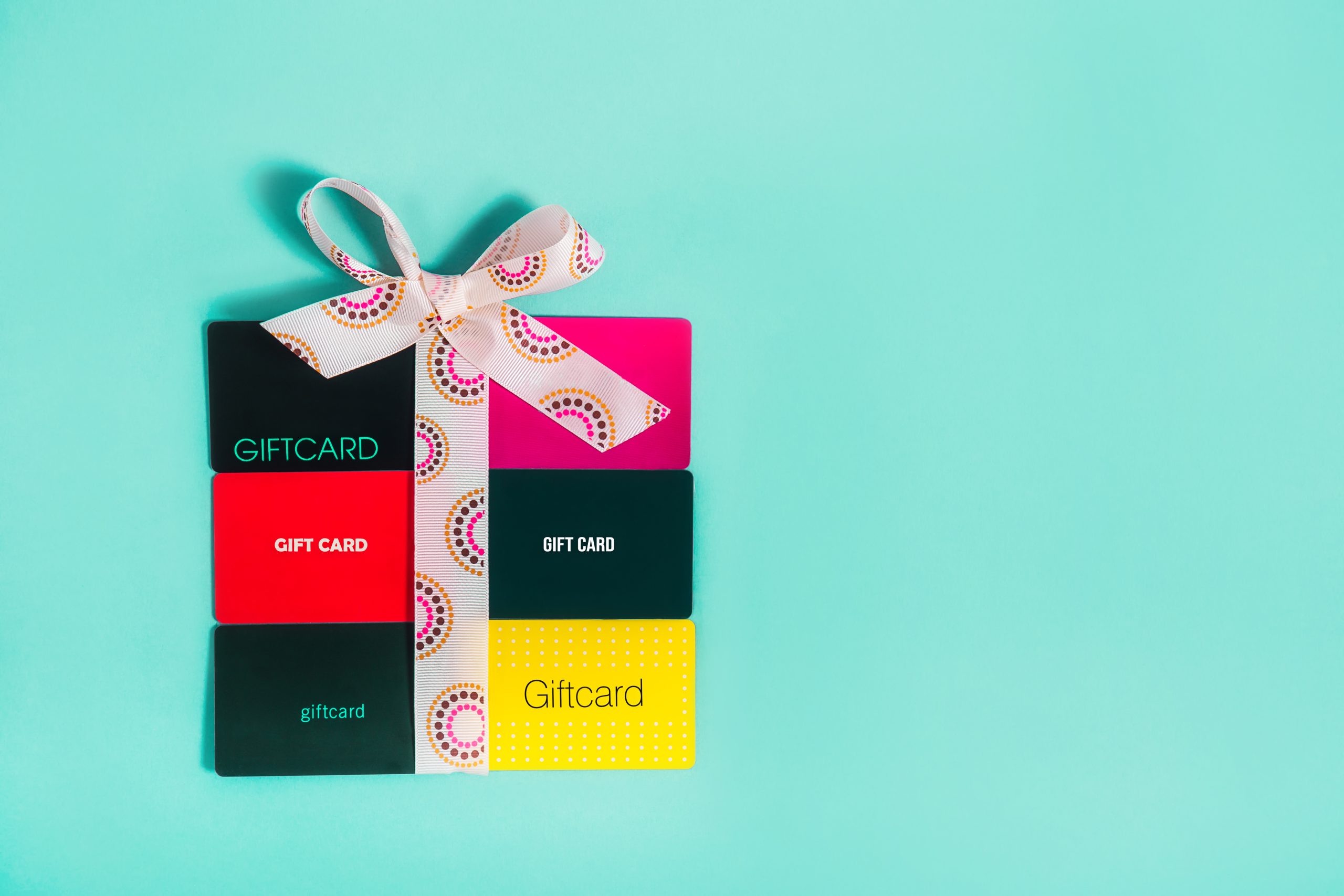A store credit card can seem like a great deal. It often promises a high rate of cash back on all your purchases. However, these rewards programs are almost always filled with a confusing web of limits, restrictions, and fine print. The advertised “5% cash back” rarely applies to everything you buy. It is a marketing gimmick that is designed to get you to sign up for a high-interest credit card. Here are eleven common limits you will find.

1. Rotating Bonus Categories (Discover It, Chase Freedom)
Cards like the Discover It and the Chase Freedom Flex are famous for their 5% cash back offer. However, this high rate only applies to a specific category of purchases that changes every three months. You have to “activate” the new category each quarter. If you forget to do this, or if you do not spend a lot in that specific category, your cash back rate is only 1%.
2. Spending Caps on Bonus Rewards
Even when you are spending in the correct bonus category, there is almost always a limit to how much you can earn. The 5% cash back rate will typically only apply to the first $1,500 of your spending in that category each quarter. After you have hit that cap, the reward rate drops back down to a meager 1%.
3. Retailer-Specific Rewards (Target RedCard, Gap Card)
The Target RedCard offers a 5% discount, but it can only be used at Target. Similarly, the rewards you earn on a Gap credit card can only be redeemed for a discount on a future Gap purchase. This is not true “cash back.” It is a store credit system that is designed to lock you into their brand and to keep you spending money with them.
4. Minimum Redemption Thresholds
Many cash back programs will not let you access your money until you have reached a minimum redemption threshold. This is often $20 or $25. If you do not use the card very often, it can take a very long time to reach this threshold. The company is betting that many users will simply give up and will never redeem their small rewards balance.
5. Expiring Rewards
The rewards points you earn on many store cards are not yours forever. They will often have an expiration date. If you do not use your points within a certain amount of time, they will simply disappear from your account. This is another tactic that is designed to ensure that a large number of the rewards are never actually paid out.
6. An Annual Fee That Cancels Out the Rewards
Some premium store credit cards, like the Amazon Prime Rewards card, are only available to people who also pay for a separate, annual membership. The cost of the Amazon Prime membership can eat up a significant portion of the cash back that you earn from the card. You have to do the math to see if the rewards are actually worth the price of admission.
7. Lower Rates for Online Purchases
A store credit card for a brick-and-mortar retailer, like a Macy’s or a Kohl’s, will often offer a high cash back rate for in-store purchases. However, the rate for online purchases might be much lower. This is a way for the store to encourage you to come into the physical store, where you are more likely to make an impulse buy.
8. No Cash Back on Gift Cards

Most store credit card reward programs explicitly state that you cannot earn cash back on the purchase of a gift card. The store does not want you to “double dip” by earning rewards on the gift card and then also on the purchase that is made with the gift card. This is a common and often overlooked piece of fine print.
9. Delayed Payouts
The “cash back” you earn is not always instant. Many programs will only pay out your rewards on a quarterly or even a yearly basis. This delay means that the company gets to hold on to your money for a longer period of time. It also makes the reward feel less immediate and less satisfying.
10. The High-Interest Rate Trap
The biggest limit of all is the card’s own high interest rate. A store credit card will often have an APR that is much higher than a standard Visa or a Mastercard. If you carry a balance on the card for even a single month, the interest you pay will almost always be more than the value of any cash back you have earned. These cards are only a good deal if you pay them off in full every single month.
11. Limited-Time Introductory Offers
Many store cards will lure you in with a very high, introductory cash back offer, like “15% off your first purchase.” This is a one-time deal. After that first day, the cash back rate will drop to a much less impressive level. The company is using this big, initial discount to get you to sign up for the card, but the long-term value is much lower.
The Fine Print of “Free” Money
A store credit card is a powerful marketing tool for a retailer. It is designed to encourage your loyalty and to get you to spend more money. The promise of “free” cash back is a very tempting one. However, it is a promise that is almost always surrounded by a web of complex and confusing limitations. Before you sign up for one of these cards, you must always read the fine print. You have to understand that the house almost always wins.
Do you have a store credit card? Do you think the cash back rewards are worth the limits and the restrictions? Let us know your experience!
What to Read Next
- 6 Receipt Apps That Deliver Real Cash Back
- Cash Back at Costco, and coupons too
- Why Your Cashback App Is Secretly Worthless
- What Happens to Unused Cashback Accounts?
- This One App Can Turn Your Grocery Receipt Into Free Cash
The post 11 Store Cards That Deliver Cash Back Only With Limits appeared first on Grocery Coupon Guide.







